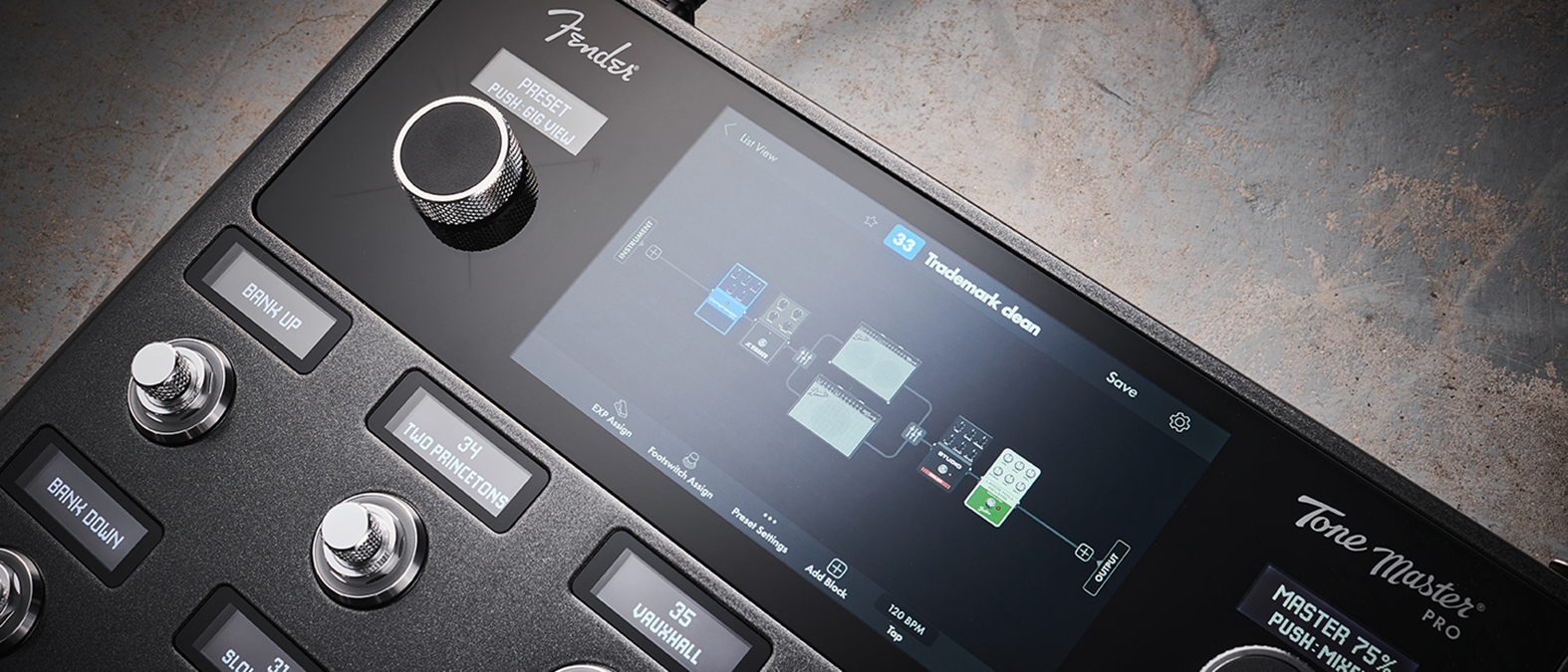MusicRadar Verdict
In a sea of flagship floor-based amp modelling, Fender has made its mark but it might just be the full-range cab that steals the show
Pros
- +
Sounds brilliant, from glassy cleans to EVH tones
- +
Clean and cool Fender styling
- +
Intuitive and powerful UI
Cons
- -
Price
- -
Some players might not get on with the FRFR cab
MusicRadar's got your back
Fender Tone Master Pro & Tone Master FR-12: What is it?
The modelling space is hotter than ever, and all the major amp manufacturers are joining the fray. Fender has been involved in every wave of modelling innovation, going back to the original Cyber Twin.
Fender Tone Master Pro: $1699.99, £1649, €1899
Fender Tone Master FR-12: $549.99, £519, €599
Fender Tone Master FR-10: $499.99, £469, €549
This Tone Master Pro series is Fender’s latest crack at the crown. The floorboard is a development of their successful amplifier platform, with a matching FRFR powered speaker.
Here, Fender is taking aim at Neural DSP and Line 6, and planting a flag based on its heritage and experience as an amp maker.
It’s not unreasonable to think that some players still unsold on modelling could be won over by the convenience of this offering, especially when combined with the classic Fender styling.

Fender Tone Master Pro & Tone Master FR-12: Performance and verdict
The most striking thing about the Tone Master Pro floorboard and cabinet is the look. The cab, available in both a 10 and 12 inch speaker editions, looks like a Fender combo, with much more character than your average FRFR cab. While the board looks like a modern car stereo it does have some flair, with an amp-style jewel lamp as its power indicator.
Moving on to sounds, the modeller is as you’d expect from a high-end unit. The sounds are indistinguishable from the real thing, but this is no surprise - after all, we’ve already heard the Tone Master amps. There’s an array of connections on the rear of the floorboard, and we have success running drive pedals in front. It sounds solid when playing through headphones as well as sending it out to a DAW.
However, for all that we enjoy the convenience of modern technology, we do have a purist streak. Indulging this, it seems, is playing to the strengths and intended use of the unit. As a result, running it into the matching FRFR cab is when it shines, though that could just be the added mojo from the 12” speaker pushing air in the room.
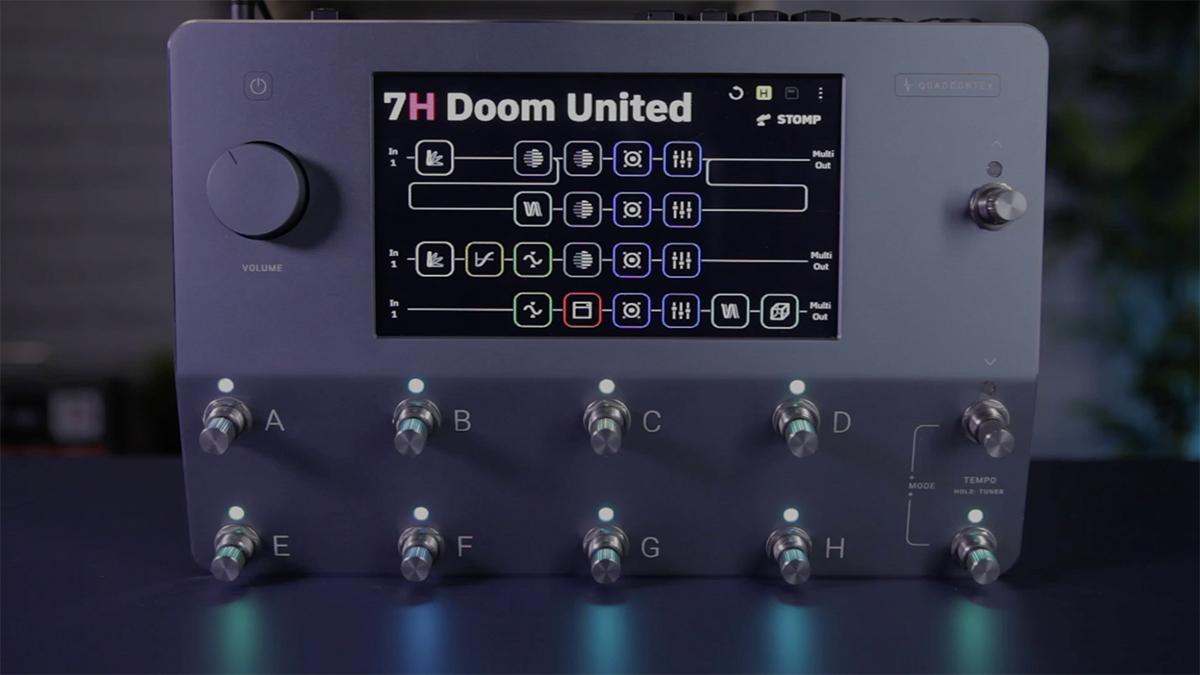
Neural DSP Quad Cortex
This is the sort of kit to make a digital convert of the most devoutly analogue player.
Line 6 Helix
A real powerhouse that can be used on its own or as the centre piece of an extended gear system.
Fractal Audio FM9
Cygnus amp modelling tech, Ultra-Res cab sims, four DSP cores, 100s of world-class effects and more, all in one rugged 16-gauge steel enclosure.
The presets are very usable for getting started. The first patch, understandably, is a glassy clean, but it’s easy to find radically different sounds. There’s the expected ‘British’, read, Marshall, and other manufacturer amp voicings, but also Fender brands. Chief among these are the EVH series amps, which do some heavy lifting when it comes to higher gain tones.
The cab is voiced like a Fender - at least, in terms of the speaker used. This means there can be a very noticeable difference between using the floorboard into say, a DAW versus the cab. Even though the cab is EQ’d flat, the reality is that it’s not possible to have a component in your chain that doesn’t colour the tone to some extent.
Beyond stock sounds, the true power of modelling is in moving beyond the presets and customising to your own taste. Here thankfully the Tone Master Pro meets us half way. The basic sniff test for an easy-to-use unit is being able to build a patch without the manual. This proves simple, and with a newly-assembled patch we can change into ‘footswitch’ mode, which is better for live performance.
When throwing different guitars at it, everything we tested worked as expected. On the pedal side there of course are some that benefit from being in the effects loop, like delays and reverbs. The Tone Master Pro has utility blocks for adding different effects loop routing, for added flexibility.
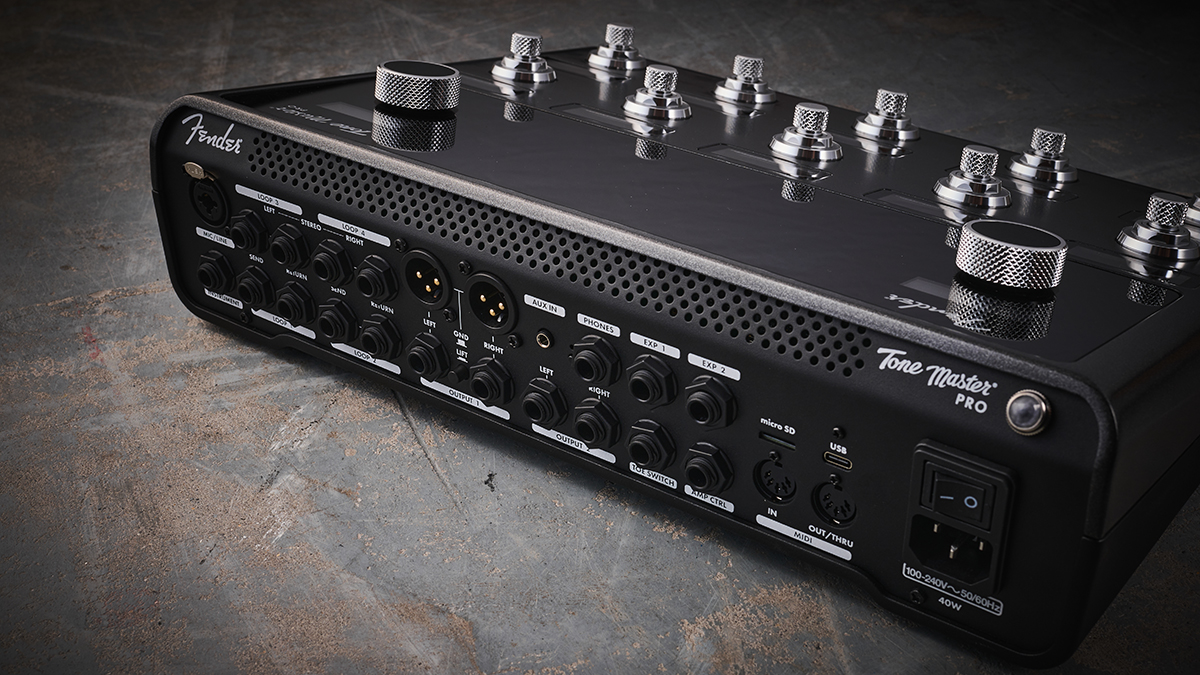
Not all user interfaces are created equal, and we’ve been able to navigate some pretty wonky ones without a manual. Nevertheless, this is a best-in-class example of how it should be done.
Everything is tactile, with things laid out in a logical place - granted, with the assumption you’ve used a floorboard before. The touchscreen is responsive and easy to use for things like adjusting knobs, which is a far cry from some older units.
The amps are the highlight of the Tone Master Pro, though some elements are a little bit streamlined versus flagship competition. The mic options are excellent, but adding multiple mics isn’t possible. Still, since it’s possible to do multiple amp or cab routing, you can simply run two cabs with different mics.
Elsewhere, the basic effects are solid, but as might be expected, they fall short of some of their competitors in specialist areas like complex reverbs. Even so, they’re more than good enough for live use and nobody in the crowd will notice the difference between them and a Lexicon or Eventide. That’s not to say there’s only vanilla options - there’s a cloud and shimmer reverb, along with the usual spread of mono and stereo delays.
These options are unlikely to be a deal-breaker. Players that have strong opinions about reverb will likely already have stompboxes they lean on, or plugins for studio use.
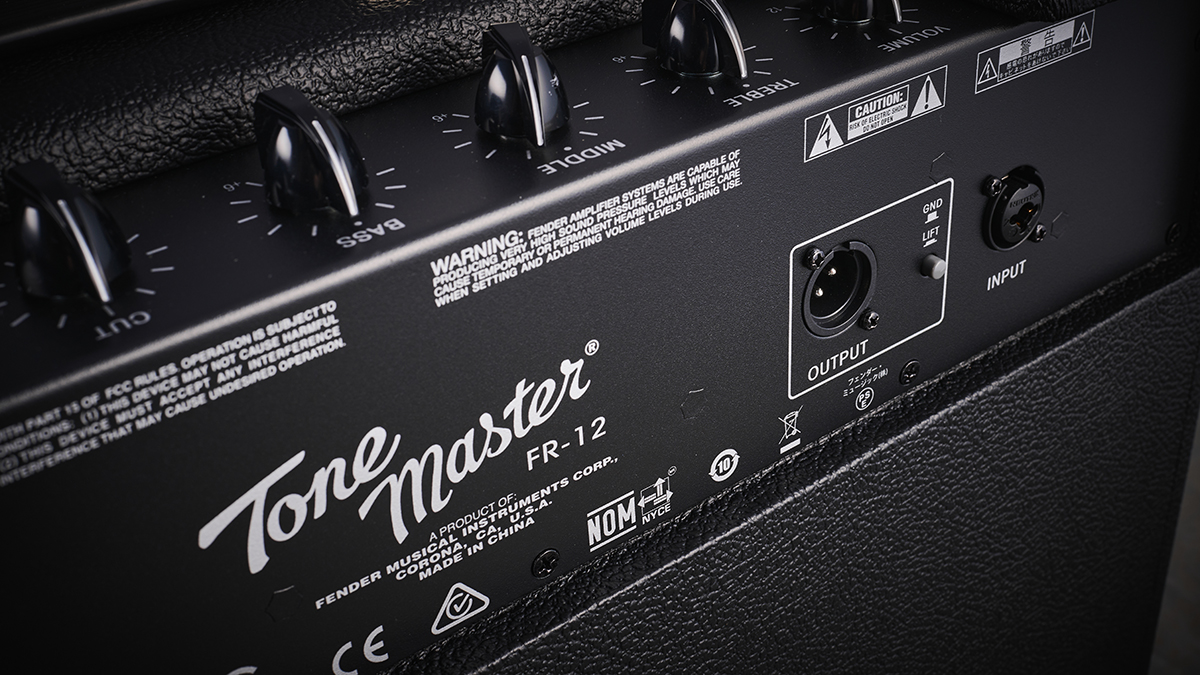
Really, the only drawbacks here are out of Fender’s control. Given the price point, you’re still going to want to look at alternatives like the Helix or Quad Cortex.
Modellers have been so good for the last five years that they’ve ceased to become obsolete in terms of amp models or processing power. Their issue is with the complexity of the build - these complicated units are not going to survive as long as traditional kit.
Much as we may complain about servicing and re-valving, some components in our rig is older than us and still gig-ready. The same probably will not be true of modelling processors.
At these prices, like those of the Quad Cortex, you can get a lot of amp for your money. Then again, it’s a reasonable trade-off for the power and flexibility of a flagship modeller.
MusicRadar Verdict: In a sea of flagship floor-based amp modelling, Fender has made its mark but it might just be the full-range cab that steals the show.
Fender Tone Master Pro & Tone Master FR-12: Hands-on demos
Fender
Fender Tone Master Pro & Tone Master FR-12: Specifications
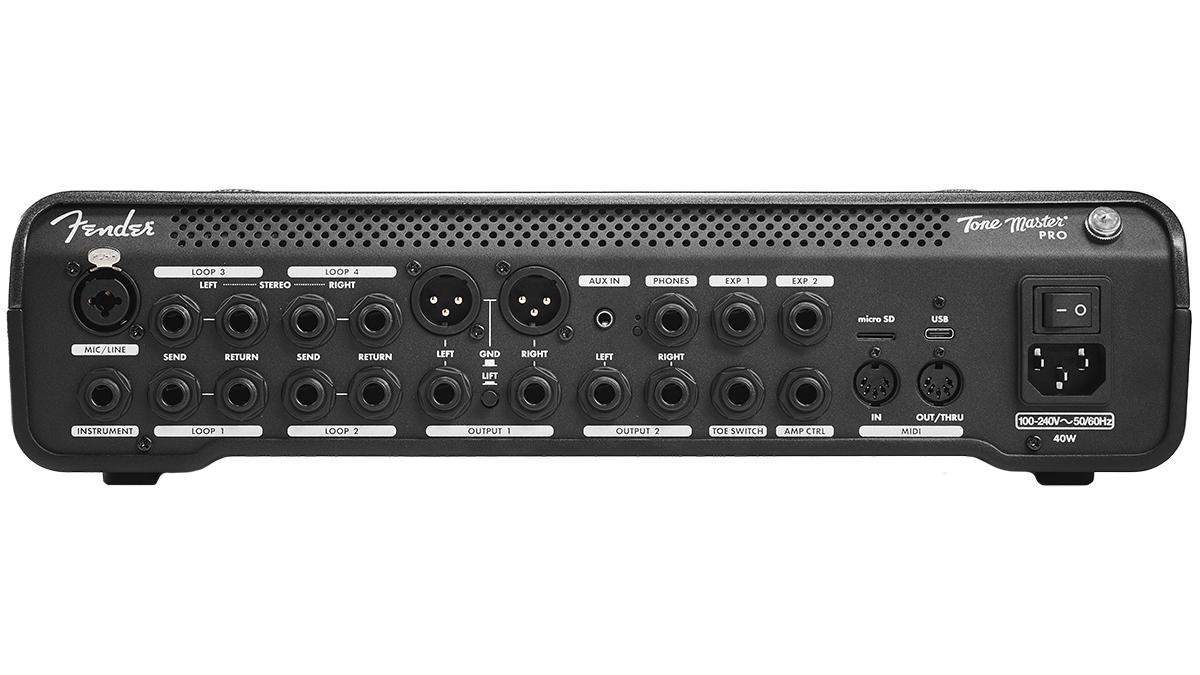
Tone Master Pro
- Over 100 Tone Master quality Amp & Effect Models
- Over 6000 Fender-captured Impulse Responses with a variety of cabinet and microphone options
- 3rd Party IR support
- 7” Color Touch-screen
- Innovative Song & Setlist modes
- 60 second Stereo Looper
- 4 Effects Loops for integrating your favorite pedals
- Instrument and XLR mic inputs
- 10 proprietary footswitch/encoders with LCD “scribble strips”
- True preset spillover of delay and reverb tails for seamless preset changes
- Firmware updates over USB
- Compatible with Tone Master Pro Control desktop app for editing, sharing and downloading presets
- Over 500 User Presets with access to thousands more from the Cloud using the Tone Master Pro Control App
- Bluetooth wireless connection for streaming audio from a mobile device
- Stereo 1/4” Headphone output jack for silent practice
- Compatible with the Mission Engineering SP1-TMP Expression Pedal for realtime control of parameters
- Lightweight, under 9 lbs.
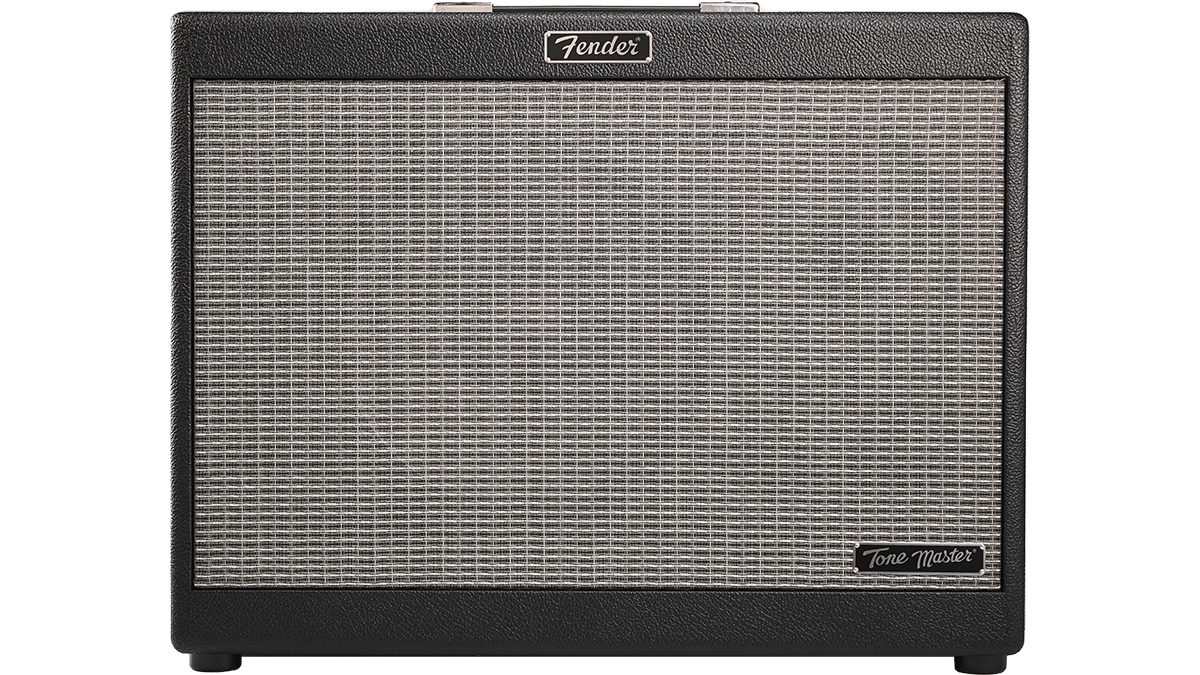
Tone Master FR-12
- 2-way active speakers
- Volume, Treble, Middle, Bass, Cut controls
- 1,000 Watt Class-D Power Amp
- 12” Special Design Speaker
- 1” Wide Dispersion High Frequency Driver
- 3-Band Active EQ with High Frequency Cut Control
- Integrated Tilt Back Legs
- Lightweight Plywood Enclosure
- Authentic Fender Amplifier Industrial Design
- Dimensions: 18.13” (46.05 cm) H x 23.5” (59.7 cm) W x 9.88” (25.1 cm) D
- Weight: 27.6 lbs. (11.6 kg)
Tone Master FR-10
- 2-way active speakers
- Volume, Treble, Middle, Bass, Cut controls
- 1,000 Watt Class-D Power Amp
- 10” Special Design Speaker
- 1” Wide Dispersion High Frequency Driver
- 3-Band Active EQ with High Frequency Cut Control
- Integrated Tilt Back Legs
- Lightweight Plywood Enclosure
- Authentic Fender Amplifier Industrial Design
- Dimensions: 17.13” (43.5 cm) H x 19.38” (49.2 cm) W x 9.63” (24.4 cm) D
- Weight: 25.6 lbs. (12.5 kg)
- CONTACT: Fender
Alex Lynham is a gear obsessive who's been collecting and building modern and vintage equipment since he got his first Saturday job. Besides reviewing countless pedals for Total Guitar, he's written guides on how to build your first pedal, how to build a tube amp from a kit, and briefly went viral when he released a glitch delay pedal, the Atom Smasher.
“Its mission is simple: unleash the power of any amplifier or line-level source without compromise”: Two Notes promises a “watershed” in tube amp control with the Torpedo Reload II
“A pedal that sings with harmonic richness and blooming touch response”: Tone King offers up boutique tube amp tones for your pedalboard with the Imperial Preamp
